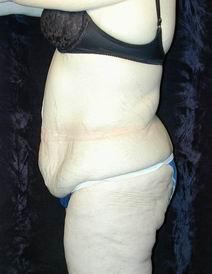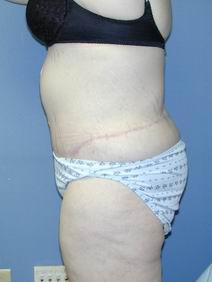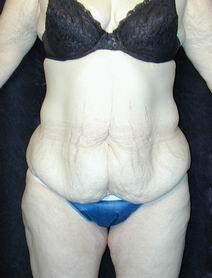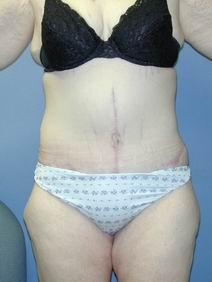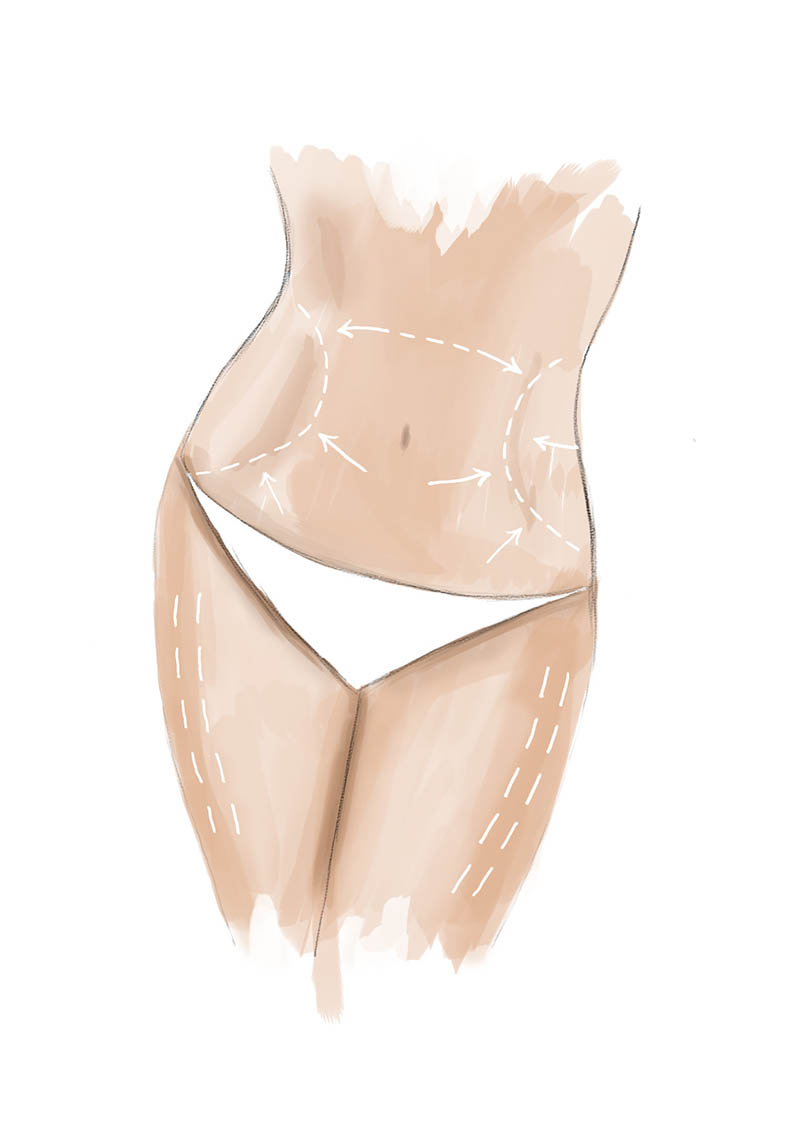
What is Body Contouring?
Surgical body contouring following major weight loss removes excess sagging skin and fat while improving the shape of the underlying support tissue. The result is a better-proportioned appearance with smoother contours.
Dramatic weight loss has many benefits. But after any substantial amount of weight loss due to weight loss surgery and/or lifestyle changes, the skin and tissues often lack the elasticity to conform to the reduced body size.
Body contouring procedures may include:
- Breast lift: sagging, flattened breasts
- Tummy tuck: apron of excess skin hanging over the abdomen
- Lower body lifts: sagging of the abdomen, buttocks, inner and outer thighs
- Medial thigh lift: sagging of the inner thigh
- Arm lift: sagging of the upper arms
Body Contouring cost
The average cost of body contouring surgery can vary widely.
A surgeon's cost for body contouring procedures may vary based on his or her experience, the type of procedure(s) used, as well as geographic office location.
Body Contouring costs may include:
- Anesthesia fees
- Hospital or surgical facility cost
- Medical test
- Post-surgery garments
- Prescriptions for medication
- Surgeon's fee
Body Contouring Candidates
In general, good body contouring candidates are:
- Adults whose weight loss has stabilized
- Healthy individuals without medical conditions that impair healing or increase risk of surgery
- Individuals with a positive mind and realistic goals
- Individuals that are committed to leading a healthy lifestyle with proper nutrition and fitness
Body Contouring Recovery
During your recovery from body contouring surgery, dressings or bandages will be applied to your incisions following the procedure.
Small, thin tubes may be temporarily placed under the skin to drain any excess blood or fluid that may collect.
You will be given specific instructions that may include:
- How to care for the surgical site(s).
- Medications to apply or take orally to aid healing.
- Specific concerns to look for at the surgical site or in your general health.
- When to follow up with your plastic surgeon.
Be sure to ask your body contouring surgeon specific questions about what you can expect during your individual recovery period:
- Where will I be taken after my surgery is complete?
- What medication will I be given or prescribed after surgery?
- Will I have dressings/bandages after surgery? When will they be removed?
- Are stitched removed? When?
- When can I resume normal activity and exercise?
- When do I return for follow-up care?
Body contouring recovery at home
You may be instructed to avoid bending, straining or lifting for several days to weeks.
Where tightening of the abdomen or thighs is involved, your plastic surgeon may also instruct you to avoid standing fully upright and stressing any internal sutures as they heal, and to sleep with pillows elevating your knees.
To minimize the risk of DVT (blood clots in the legs) you will need to be up and walking as soon as possible, and drinking plenty of fluid.
Body Contouring Result
The results of body contouring following significant weight loss are visible almost immediately; however, it can take two years or more to see the final results.
Visible scars are something you must accept to achieve a body contour that matches your new weight and proportion.
The results of body contouring are generally long-lasting, provided that you maintain a stable weight and general fitness. As your body ages, it is natural to lose some firmness. However, most of your initial improvement should remain.
Although good results are expected from your procedure, there is no guarantee. In some situations, it may not be possible to achieve optimal results with a single surgical procedure and another surgery may be necessary.
Following your physician's instructions is critical to the success of your surgery.
It is important that the surgical incisions are not subjected to excessive force, motion, swelling or abrasion during the time of healing. Your doctor will give you specific instructions on how to care for yourself.
